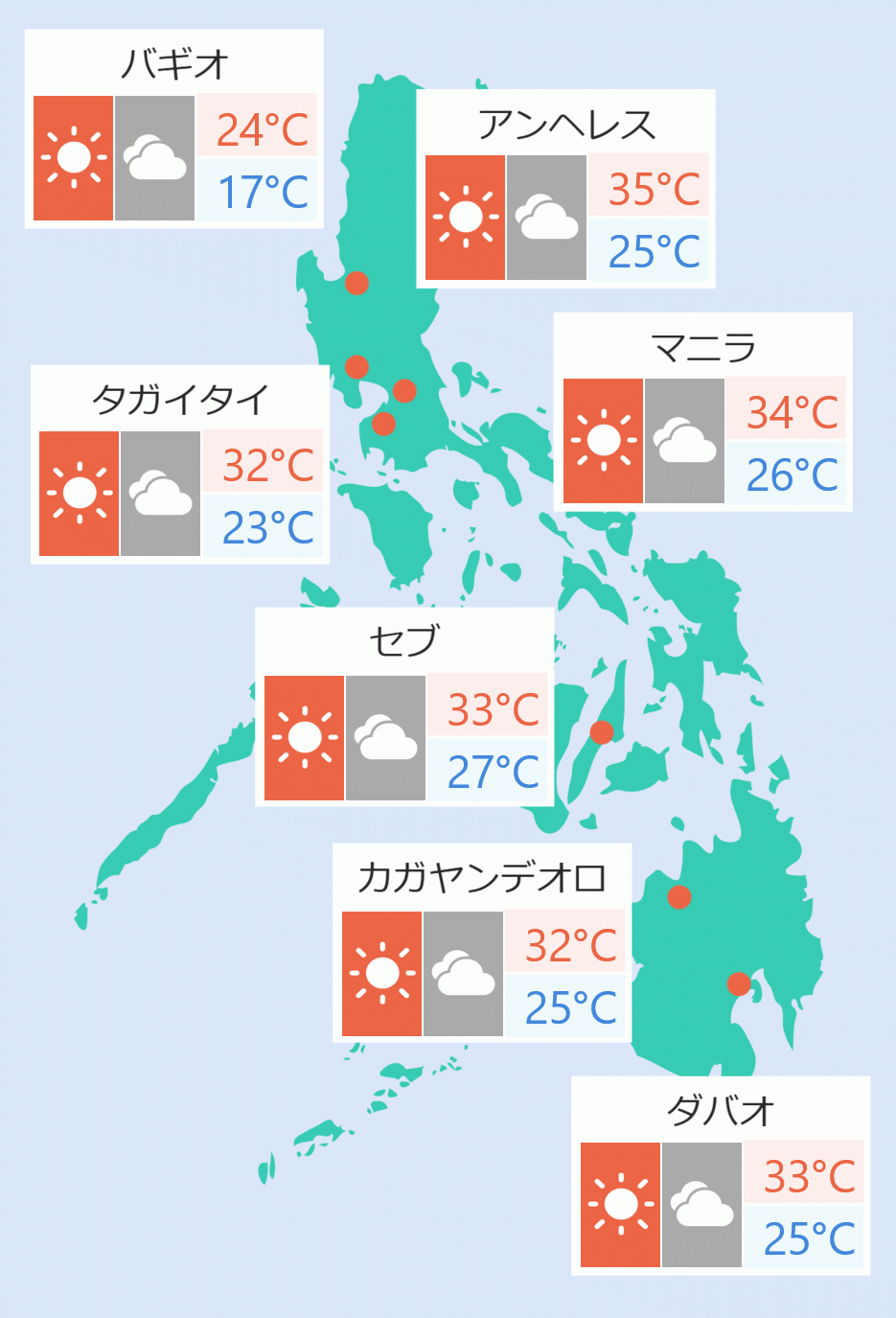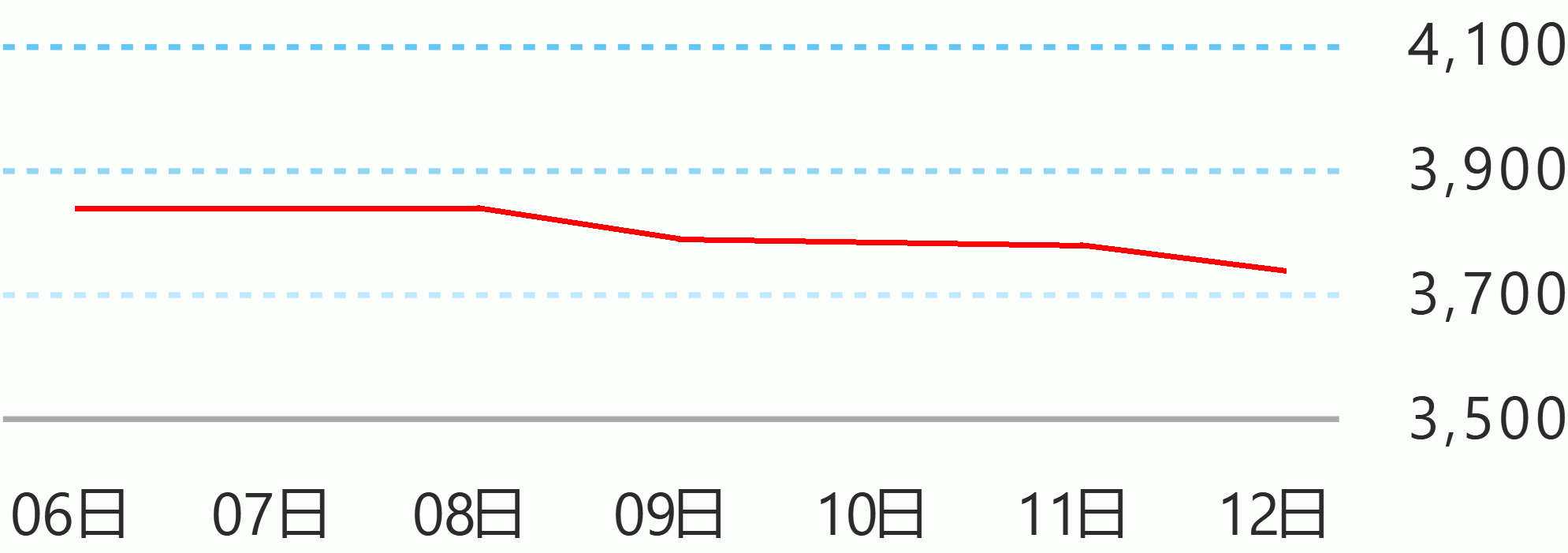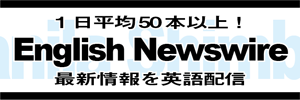Results of the fourth quarter 2022 Senior Bank Loan Officers’ Survey showed that a higher number of bank respondents maintained their overall credit standards for lending to enterprises and households based on the modal approach.
Meanwhile, the diffusion index (DI) method indicated a net tightening of credit standards for business loans and unchanged credit standards for consumer loans.
Modal-based results for the fourth quarter 2022 showed that a larger proportion of the surveyed banks (80.9 percent) have broadly unchanged lending standards for business loans.
Meanwhile, the DI approach reflected a net tightening of overall credit standards across all borrower firm sizes.
Bank participants indicated that the overall tightening of credit standards was largely due to the following factors: deterioration of borrowers' profiles and banks' portfolios, reduced risk tolerance, and a more uncertain economic outlook.
Specific lending standards which reflected the net tightening of overall credit standards include the increased use of interest rate floors, tighter collateral requirements and loan covenants, and reduced size of credit lines.
For the first quarter if 2023, majority of the respondents expect generally steady credit standards for enterprises. On the other hand, DI-based results reflected an anticipation of net tightening credit standards mainly due to banks' lower tolerance for risk and deterioration in borrowers' profiles.
A large proportion of respondents (71.4 percent) kept their credit standards for loans extended to households unchanged in the fourth quarter of 2022.
The DI approach also indicated unchanged overall lending standards for household loans, which was due to the following responses of banks: a steady economic outlook, maintained risk tolerance, and unchanged borrowers' profiles and profitability of banks' asset portfolios.
In terms of specific credit standards, the net tightening of credit standards for household loans was apparent through wider loan margins, stricter collateral requirements and loan covenants, decreased size of credit lines, and increased use of interest rate floors.
However, these were counterbalanced by some form of easing in specific lending standards particularly for credit card loans (i.e., increased size of credit lines, less stringent collateral requirements and loan covenants, lengthened loan maturity, and less use of interest rate floors) as well as in the longer loan maturities across all types of household loans.
Over the next quarter, the modal approach showed a larger proportion of respondents expecting generally steady lending standards. Meanwhile, the DI method indicated bank respondents' continued expectations of net easing in overall credit standards driven by improvement in borrowers' profiles and profitability of banks' portfolios, as well as higher risk tolerance.
Survey results for Q4 2022 pointed to broadly unchanged loan demand from both businesses (68.1 percent) and households (62.9 percent) based on the modal approach.
Meanwhile, DI-based results showed a net increase in overall loan demand from across all firm classifications and categories of household loans. The overall net rise in demand for loans from businesses was driven by an improvement in customers' economic outlook and increase in customer inventory and accounts receivable financing needs.
Likewise, the overall net rise in household loan demand was mainly attributed to higher household consumption and banks' more attractive financing terms.
Over the following quarter, a majority of surveyed banks responded with anticipations of generally unchanged loan demand from businesses and households.
Based on the DI method, banks indicated expectations of a net increase in overall demand for loans from businesses in Q1 2023 driven by customers' more optimistic economic outlook as well as increased customer inventory and accounts receivable financing needs. Likewise, bank respondents also expect a net increase in overall consumer loan demand in the next quarter mainly due to higher household consumption and housing investment.
Results of the fourth quarter 2022 survey showed that a majority of bank participants (82.4 percent) reported unchanged overall credit standards for commercial real estate loans (CRELs).
Meanwhile, DI-based results pointed to a net tightening of lending standards for CRELs in the fourth quarter 2022 for the 28th consecutive quarter largely due to lower risk tolerance, deterioration of borrowers' profiles, and less favorable economic expectations.
Over the following quarter, the modal approach pointed to most of respondent banks anticipating steady loan standards for CRELs while the DI-based approach pointed to respondents' expectations of net tighter credit standards for CRELs.
In terms of credit demand for CRELs in the fourth quarter of 2022, respondents indicated generally unchanged demand based on both modal and DI approaches, which was attributed to customers' stable economic prospects, customers' sustained inflow of internally-generated funds as well as steady access to alternative sources of funds.'
For the first quarter 2023, modal-based results showed respondents’ outlook of sustained loan demand for CRELs while the DI-based approach pointed to anticipations of net rise in credit demand amid banks’ more attractive financing terms and lower interest rates, and customers' lack of alternative sources of funds.
A majority of the participant banks (65.6 percent) responded with generally unchanged credit standards for housing loans in the fourth quarter of 2022.
Meanwhile, the DI-based method pointed to net easing of credit standards for residential real estate loans which was associated with the improvement in the profitability of banks' portfolios and borrowers' profiles, and higher risk tolerance along with less uncertain economic outlook.
For the first quarter of 2023, a higher number of respondents expect unchanged credit standards for housing loans, while DI-based values continue to show prospects of net easing of housing loan standards.
In the fourth quarter of 2022, most respondent banks reported broadly steady credit demand for housing loans while anticipating a similar scenario for Q1 2023. Meanwhile, the DI method indicated a net increase in residential real estate loan demand for both the current quarter and the next quarter driven mainly by higher household consumption and housing investment. BSP





 English
English










